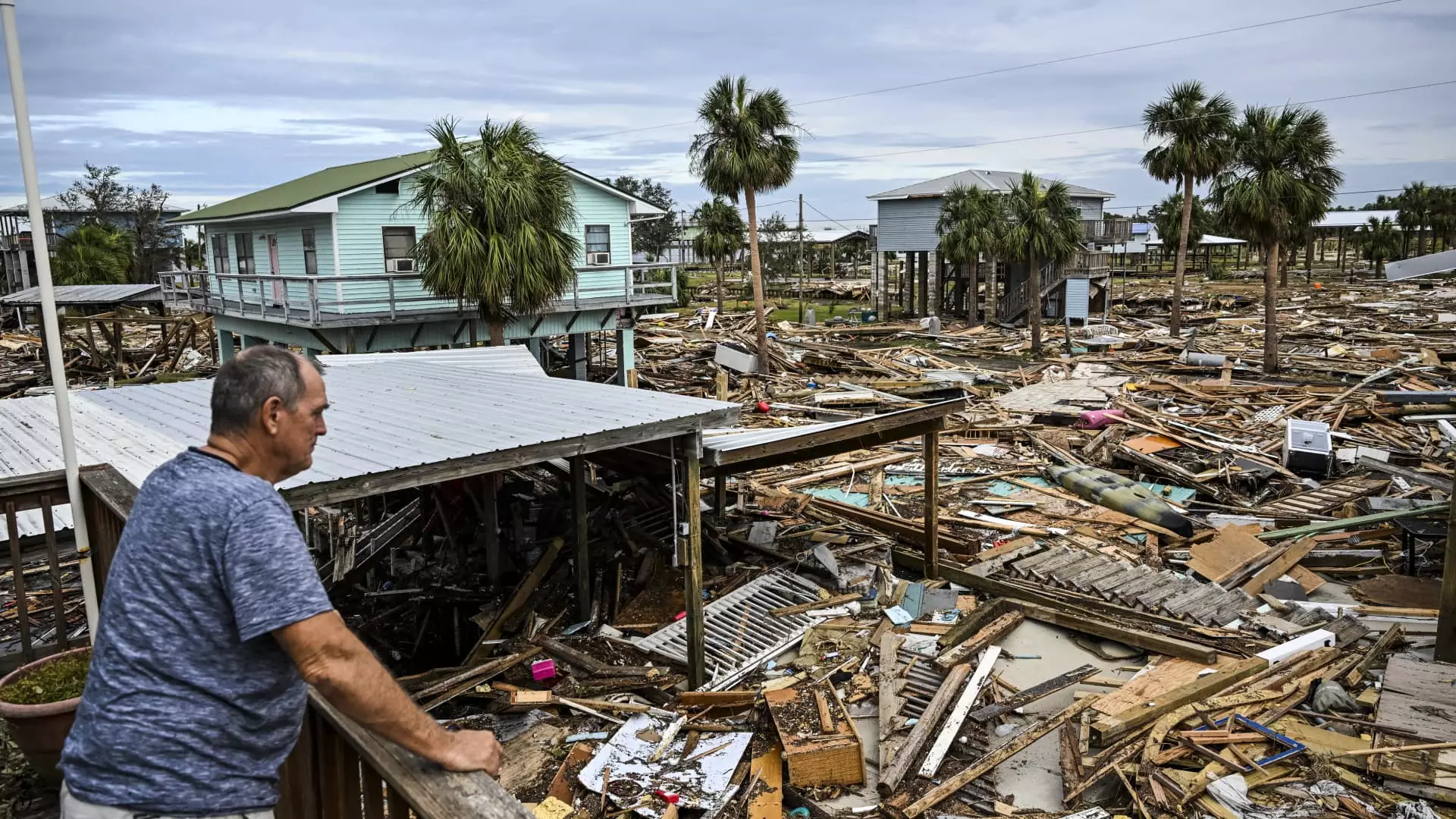Natural disasters can strike suddenly, leaving homeowners reeling from emotional and physical damage. In the wake of devastating events like hurricanes, understanding how to file a homeowners insurance claim is paramount for affected individuals to recover effectively. Recent estimates show that insured losses from disasters like Hurricane Helene have surpassed $6 billion, highlighting the significant financial ramifications these storms can impose. Furthermore, the looming threat of Hurricane Milton poses an eerie reminder of nature’s unpredictability, potentially bringing about unprecedented destruction. Here is a comprehensive guide on the essential steps to take when filing an insurance claim post-disaster.
Once you are safe from immediate danger after a natural disaster, it’s crucial to pivot your focus toward insurance claims. Acting quickly allows homeowners to obtain help sooner and initiate the rebuilding process. A claim initiated promptly gets you in the queue for your insurance adjuster, which is vital when considering the sheer volume of claims that flood insurance companies after a disaster. Shannon Martin, an insurance analyst, emphasizes that claims are processed on a first-come, first-serve basis, making it crucial to report damages as soon as possible.
Moreover, following a disaster, the immediacy of contacting your insurance company cannot be overstated. As Jeremy Porter from the First Street Foundation asserts, any delay in notifying your insurer prolongs the approval timeline. Therefore, it’s advisable to commence the claims process immediately after ascertaining your safety. If you’ve evacuated, don’t worry—insurance claims can be filed from any location, providing you have the necessary details at hand.
Accurate documentation is a core component of any successful insurance claim. As painful as it may be, capturing the extent of your home’s damage through photographs is essential. This documentation is beneficial not only for the insurance company but also for your records, ensuring a clear correspondence with the adjuster’s evaluation. While an insurance adjuster will eventually inspect the home, initial documentation can expedite the approval process and provide evidence in disputes later on.
Homeowners are also advised to take preventive measures against further damage following a disaster. Whether it involves boarding windows or safeguarding belongings, doing so is often a stipulation in homeowners’ policies. If this duty is neglected, the insurer may refuse to cover additional damages that result from inaction. Be sure to keep receipts and records of necessary actions taken to mitigate further harm to your property.
Understanding the nuances of your homeowners insurance policy is vital to effectively file your claim. Many policies have specific clauses that require you to mitigate damage, and failure to comply may result in a denial of coverage. For example, if a tree falls on your home as a result of wind damage and the homeowner neglects to cover up the exposed area, any subsequent water damage may not be covered.
Additionally, documenting all receipts related to repairs is beneficial. This includes expenses incurred when hiring contractors for restoration or purchasing materials needed for repairs. Keeping detailed records of these expenses ensures that you maintain evidence of what has been spent in the aftermath of the disaster and may increase your chances of reimbursement.
Timeliness is Key
The timeliness of your claims process significantly impacts your likelihood of a successful payout. Experts recommend filing your claim within three to five days of experiencing damage. Creating a clear timeline helps the insurance adjuster attribute damages to specific events, which is crucial when dealing with sequential disasters.
Utilizing Porter’s hypothetical scenario serves as a caution: if you wait too long to file a claim for wind damage, and another storm incurs flood damage, insurers may start contesting the claims regarding what caused specific damage. Proactively filing claims, accompanied by thorough documentation and prompt action, ensures you are not left in limbo over lost or delayed reimbursements.
Homeowners navigating the turmoil following a natural disaster face an overwhelming task in rebuilding their lives. However, armed with a solid understanding of how to file insurance claims and the importance of prompt actions, documenting damages, and understanding policy specifics, homeowners can build a sturdy foundation for recovery. As nature’s wrath can be unpredictable, preparing and taking early actions post-disaster can serve to reinforce your position with insurance companies and ultimately facilitate a smoother recovery process.

